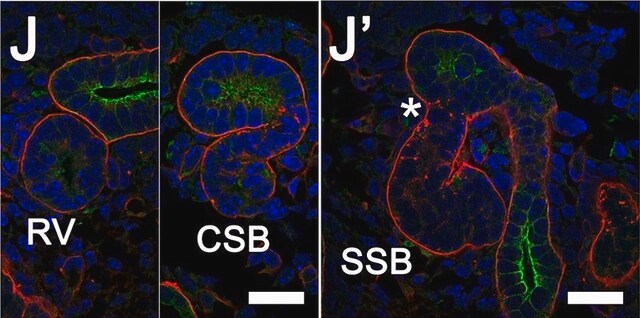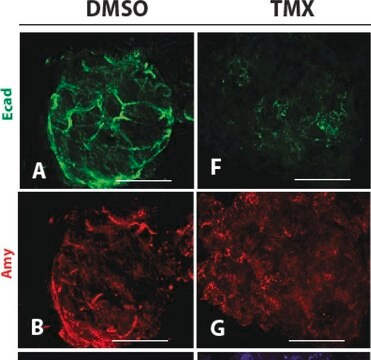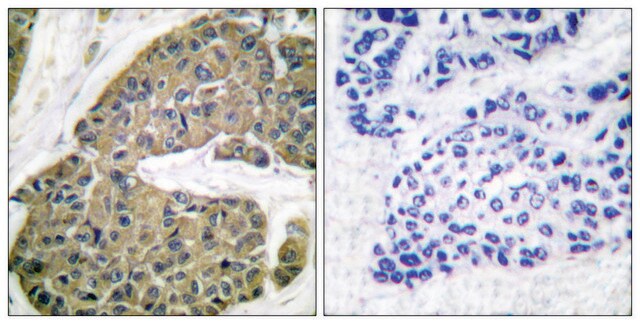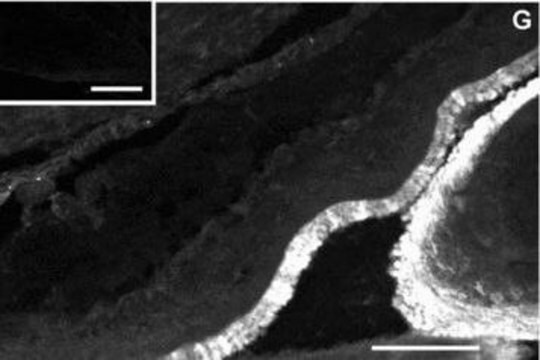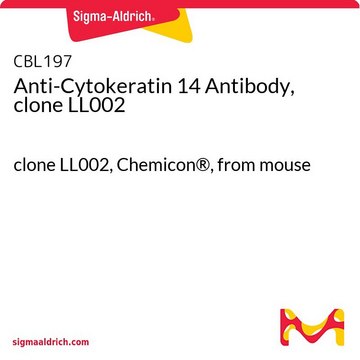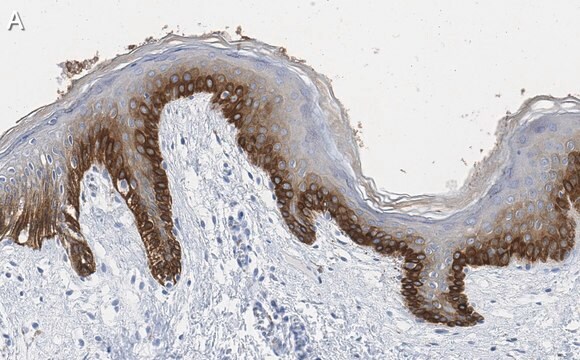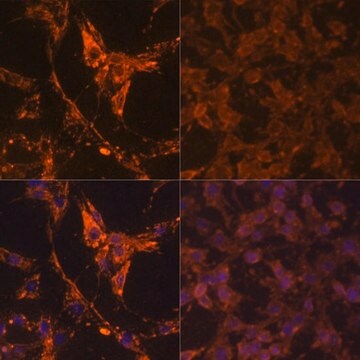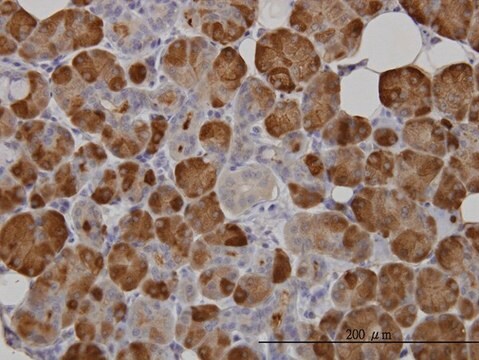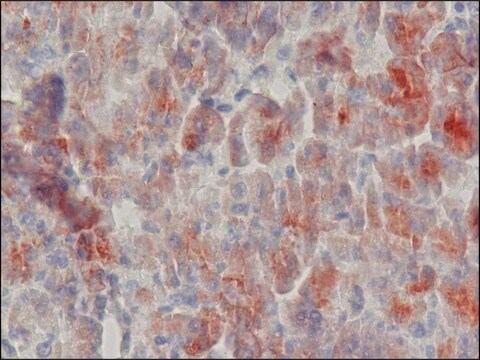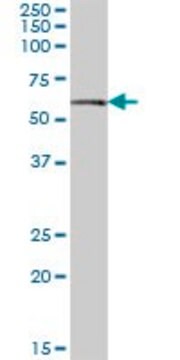WH0000276M4
Monoclonal Anti-AMY1A antibody produced in mouse
clone 2D4, purified immunoglobulin, buffered aqueous solution
Synonym(s):
Anti-AMY1, Anti-AMY1B, Anti-amylase, alpha 1A; salivary
About This Item
Recommended Products
biological source
mouse
Quality Level
antibody form
purified immunoglobulin
antibody product type
primary antibodies
clone
2D4, monoclonal
form
buffered aqueous solution
species reactivity
human
technique(s)
ELISA: suitable
immunohistochemistry (formalin-fixed, paraffin-embedded sections): suitable
western blot: suitable
GenBank accession no.
shipped in
dry ice
1 of 4
This Item | SAB4200673 | A8273 | SAB1400009 |
|---|---|---|---|
| antibody form purified immunoglobulin | antibody form purified immunoglobulin | antibody form fractionated antiserum | antibody form IgG fraction of antiserum |
| species reactivity human | species reactivity human, rat, mouse | species reactivity human | species reactivity human |
| clone 2D4, monoclonal | clone AMY-7, monoclonal | clone polyclonal | clone polyclonal |
| biological source mouse | biological source mouse | biological source rabbit | biological source mouse |
| Quality Level 100 | Quality Level 200 | Quality Level 200 | Quality Level 100 |
General description
Immunogen
Sequence
VRDCRLSGLLDLALGKDYVRSKIAEYMNHLIDIGVAGFRIDASKHMWPGDIKAILDKLHNLNSNWFPEGSKPFI
Features and Benefits
Physical form
Legal Information
Disclaimer
Not finding the right product?
Try our Product Selector Tool.
Storage Class Code
10 - Combustible liquids
Flash Point(F)
Not applicable
Flash Point(C)
Not applicable
Personal Protective Equipment
Certificates of Analysis (COA)
Search for Certificates of Analysis (COA) by entering the products Lot/Batch Number. Lot and Batch Numbers can be found on a product’s label following the words ‘Lot’ or ‘Batch’.
Need A Sample COA?
This is a sample Certificate of Analysis (COA) and may not represent a recently manufactured lot of this specific product.
Already Own This Product?
Find documentation for the products that you have recently purchased in the Document Library.
Our team of scientists has experience in all areas of research including Life Science, Material Science, Chemical Synthesis, Chromatography, Analytical and many others.
Contact Technical Service
